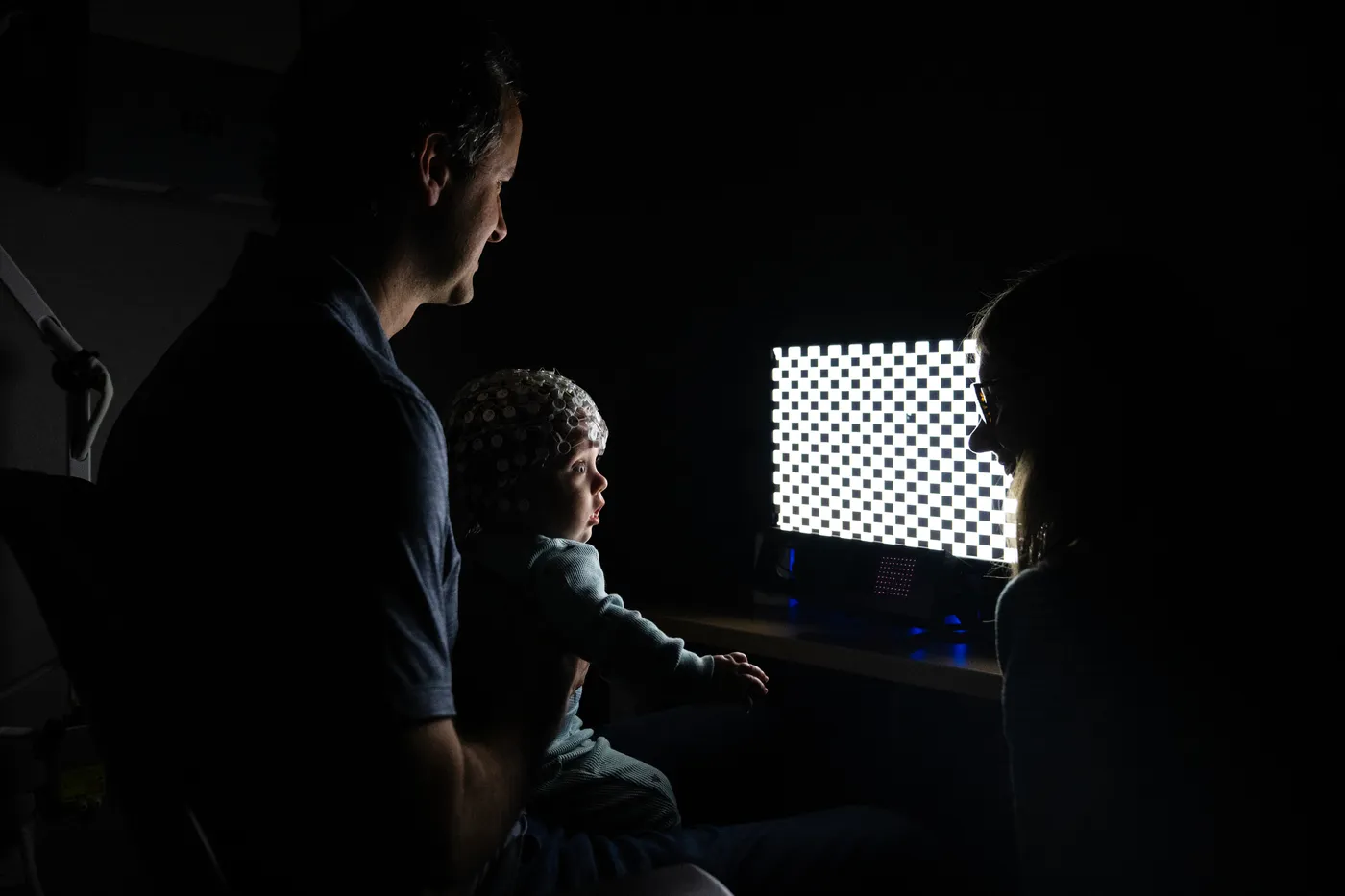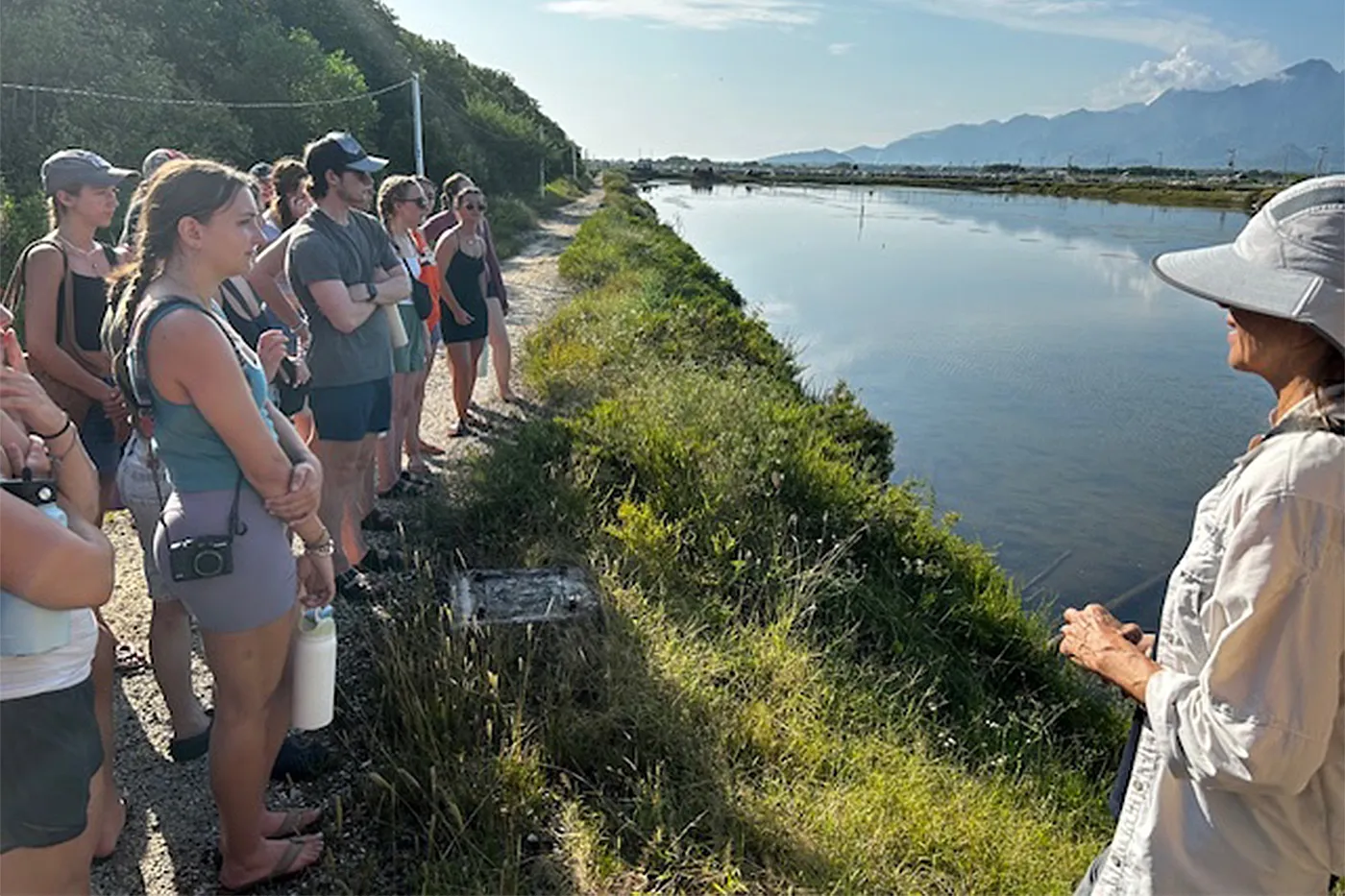In the Patagonia region of southern Chile, there are “living rocks.”
While that’s what the locals say, Veronica Godoy-Carter, associate professor of biology and biochemistry at Northeastern University, says it’s a little more complicated than that.
“They’re actually little mountains,” she says, of “giant biofilms that are billions of years old. Literally billions.”
To put that in perspective, the Earth is thought to be about 4.5 billion years old, which means these “rocks” — really bacterial biofilms (a sheet of bacteria only a few cells thick) — have been around a long, long time.
Over the eons, these biofilms have piled up and calcified into forms that look like rocks called stromatolites.
They predate humans, our primate ancestors, maybe even multicellular life itself.
Now Godoy-Carter has sequenced the genome of one of these bacterial colonies, a species within a genus called Janthinobacterium, which is found in soil and water and has a distinctive violet color.
Read more from Northeastern Global News.
Photo by Matthew Modoono/Northeastern University









